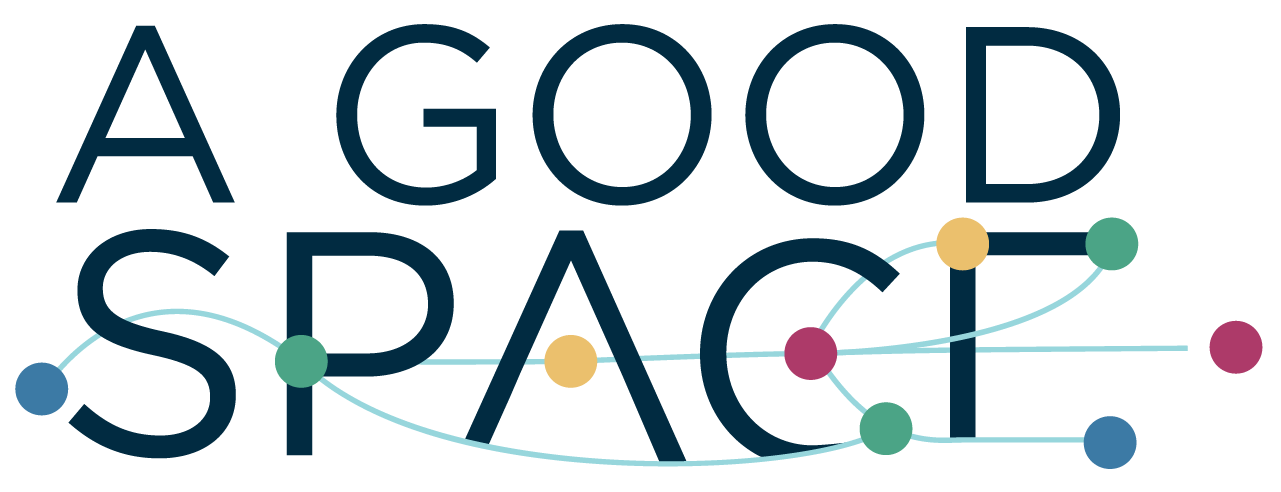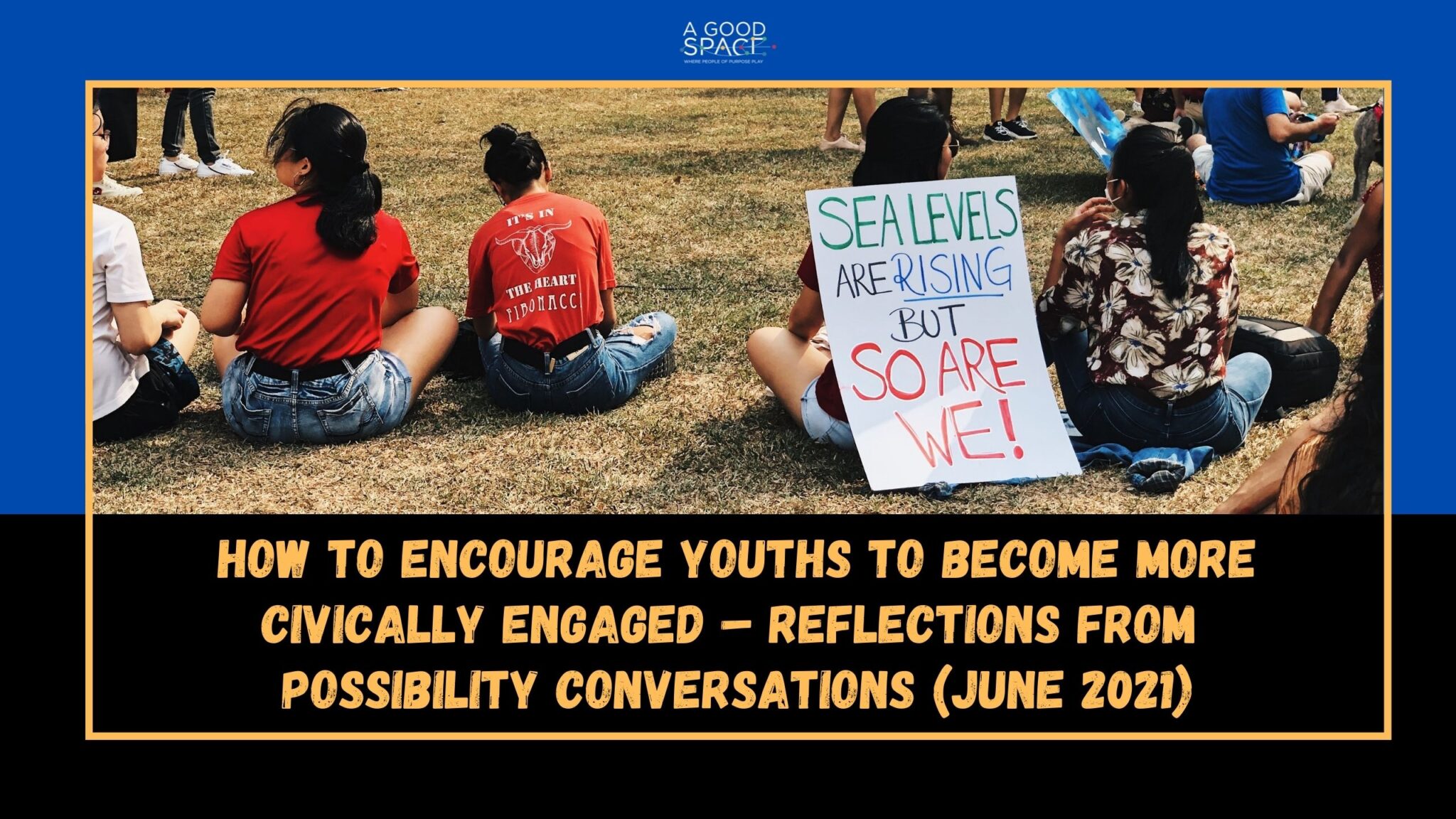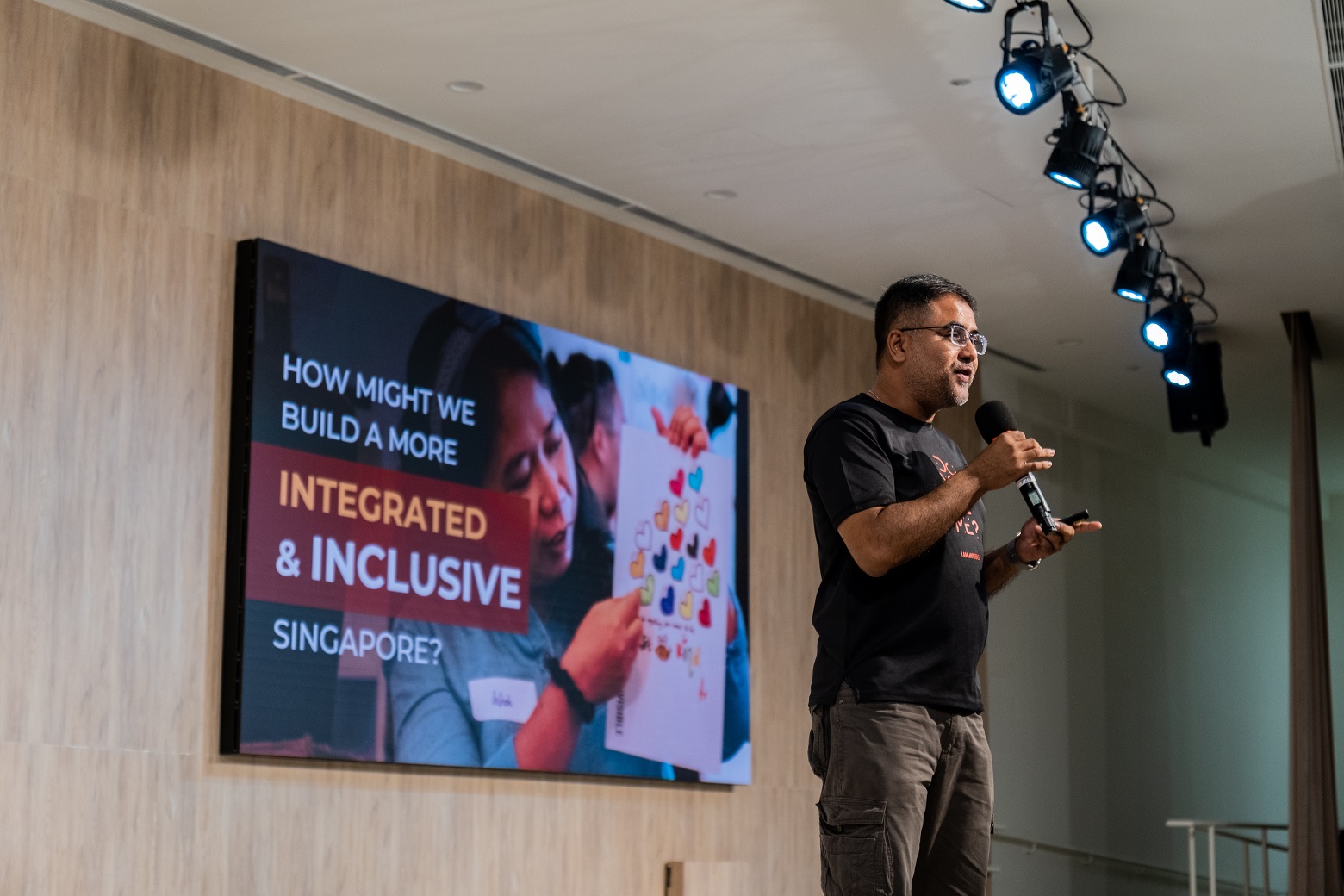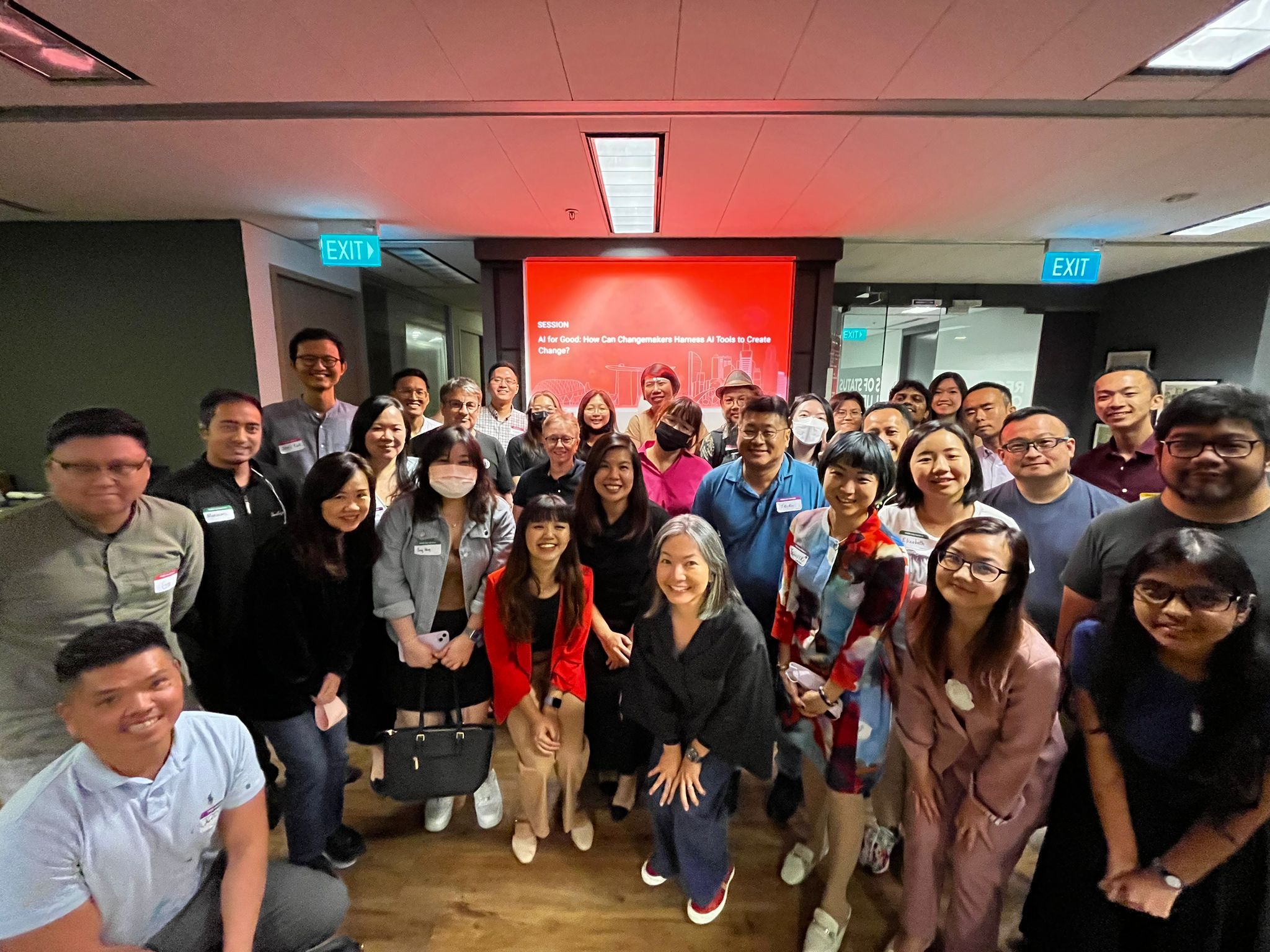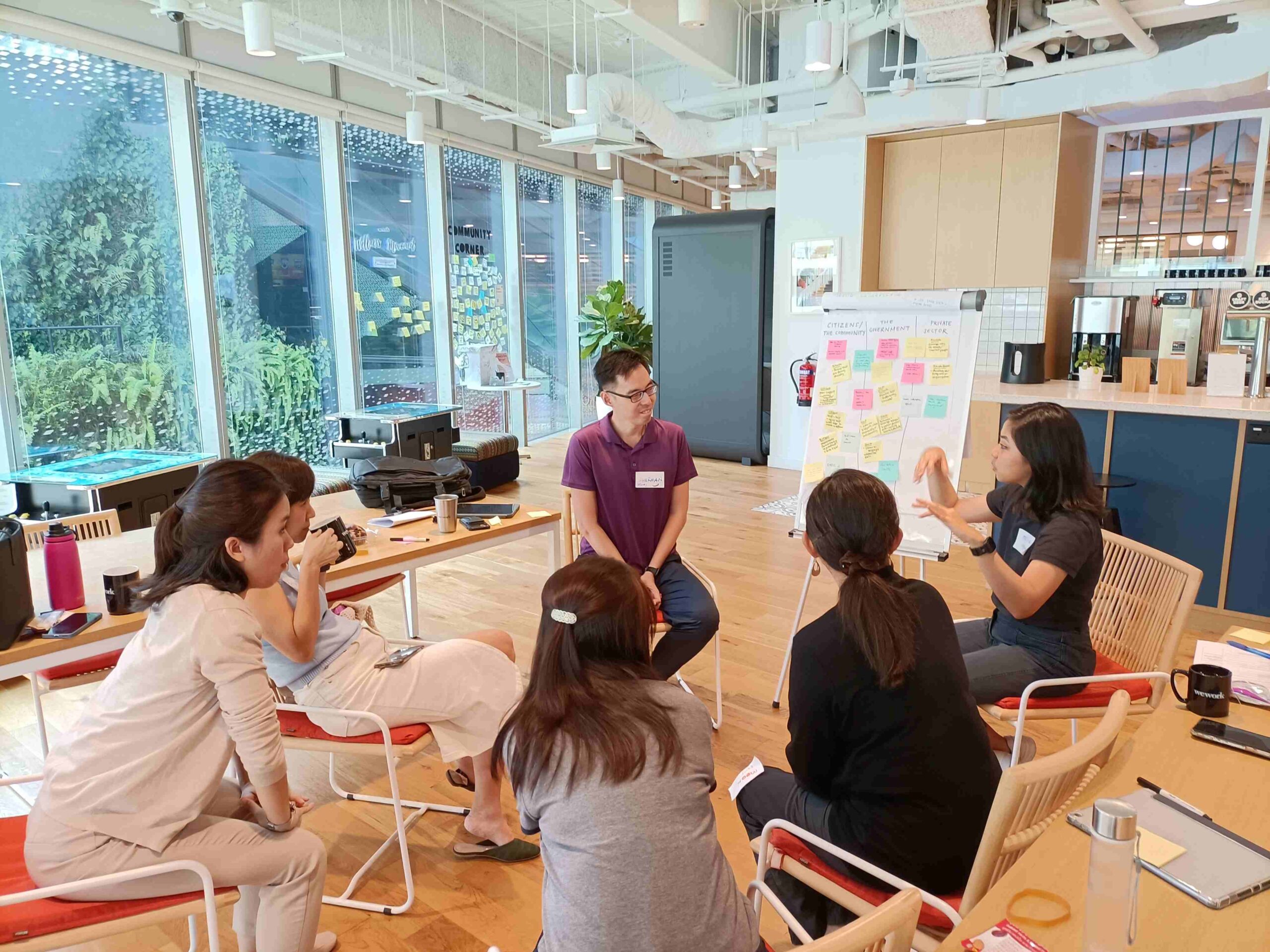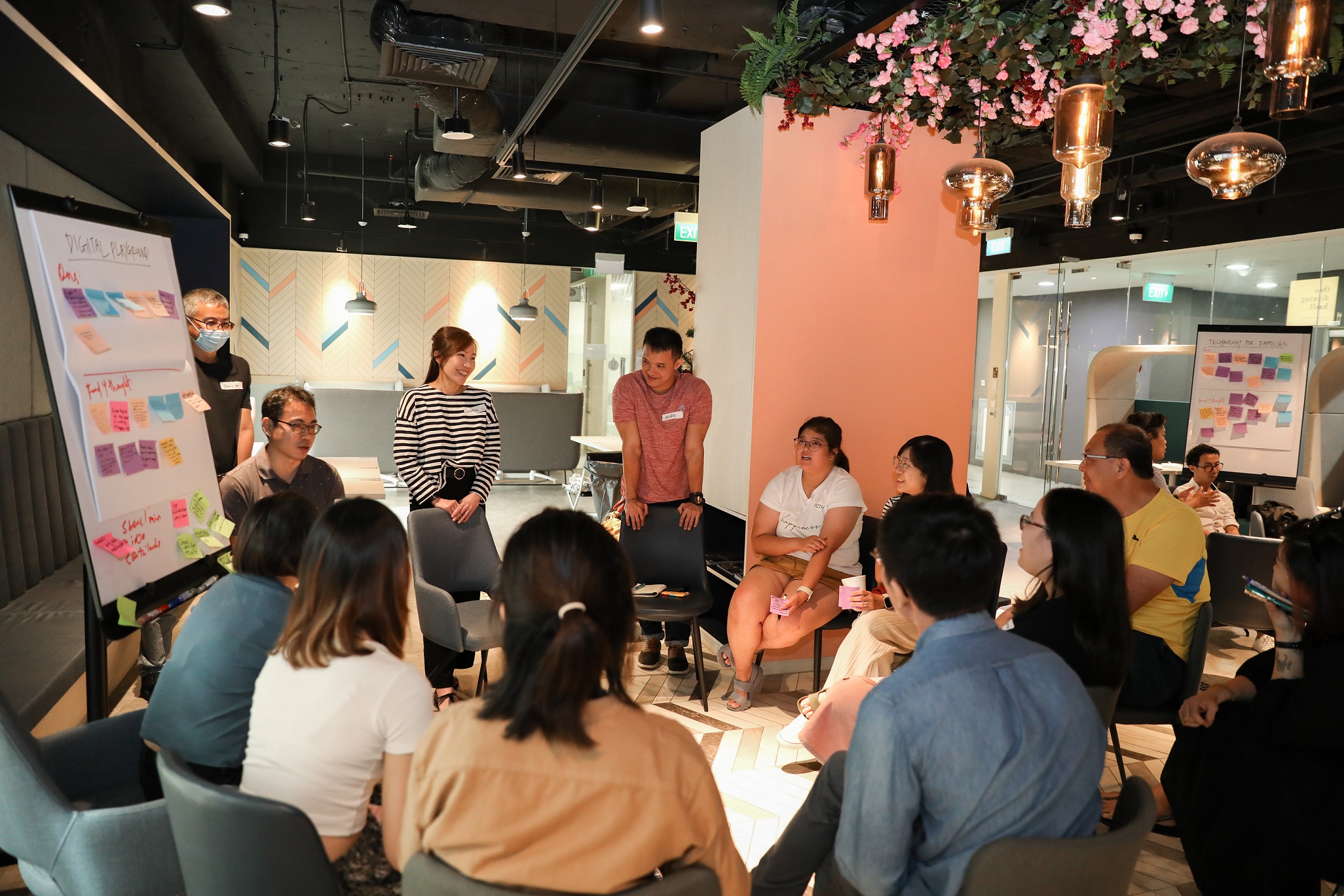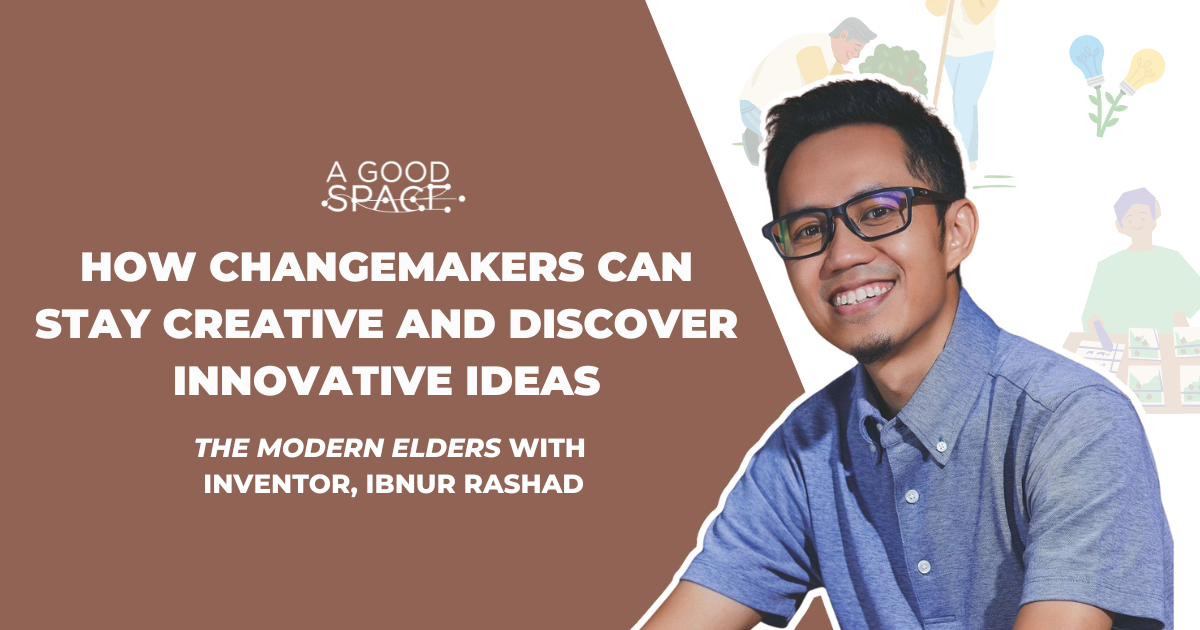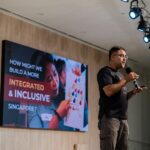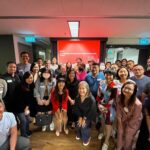"How can we encourage youths to be more civically engaged?"
This was the question that we discussed at the most recent Possibility Conversation in June, a monthly platform organised jointly by A Good Space, serve.sg and socialcollab.sg, which aims to gather changemakers to envision fresh possibilities for various social issues.
Indeed, this question was one that resonated deeply with me. I only recently became engaged with social issues and have been thinking about how to get my peers to also become interested and invested in social issues.
The conversation turned out to be an incredibly fulfilling one and invited the participants, including myself, to think more deeply about the interlocking aspects that comprise youth civic engagement.
10.30pm marked the official end of the Possibility Conversations but it seemed to only be the beginning of a longer, deeper conversation that lasted almost till the stroke of midnight.
Here are some of the insights that emerged for me:
A history of youth activism in Singapore
As with all Possibility Conversations, we kicked off with a speaker segment where different speakers shared their experiences with us to paint a comprehensive picture of youth civic engagement in Singapore.
Edgar Liao, a historian, walked us through a history of youth activism in Singapore and I learnt that contrary to the myth that there is no history of youth activism in Singapore, the Singapore story of independence from the British was founded on the activism efforts by youths of the day.
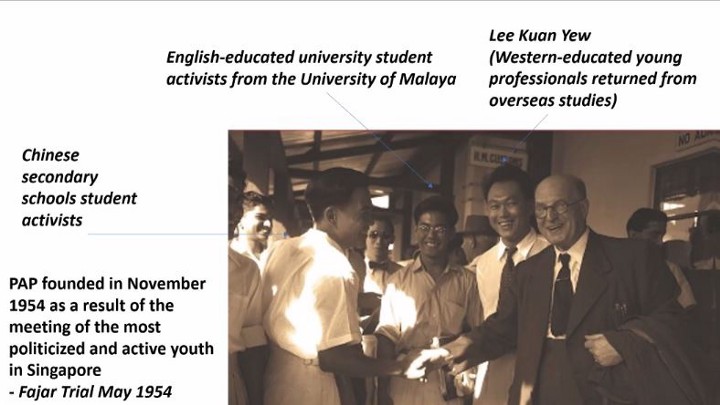
It is often perceived that youth energy and idealism run counter to the pragmatic approach of the traditional ruling government of Singapore.
Instead, Edgar shared his view that the founding government of Singapore recognised the massive potential that youths have in enacting positive social change. In fact, at a speech at Singapore Polytechnic, the late Minister Mentor Lee Kuan Yew said:
"When you are young… it is an age of idealism when you believe nothing is beyond fulfilment. And you are motivated …by a desire to try and bring about a better world….And that is an asset to any community.…The idealism of youth is a valuable weapon in the hands of any sophisticated, ruling elite….you stop short of just enough to prevent real unruliness; and, short of that, we give full play to youthful boisterousness, exuberance, vigour, vitality and idealism."
In Singapore’s early years of independence, our nation’s demographics were quite youthful and the government intentionally set up institutions to mobilize youths and harness their energy in a ‘constructive’ way as defined by the state.
This is a trend that continued over the years, starting with the National Youth Leadership Training Institute (1964 — ), National Service (1967 — ), People’s Association Youth Movement (1971 — ), Community Involvement Program (1997 — ) and Youth Corps Singapore (2014 — ) to name a few.
Having heard stories from certain changemakers about the fear of being ‘co-opted’ by the government, I feel that the reframing of this dynamic allowed me to think deeper about how young changemakers could both balance the autonomy of their initiatives while tapping into the resources of the state.
A fun tidbit I learnt from Edgar: we value youths to the extent of placing images of them on our currency!
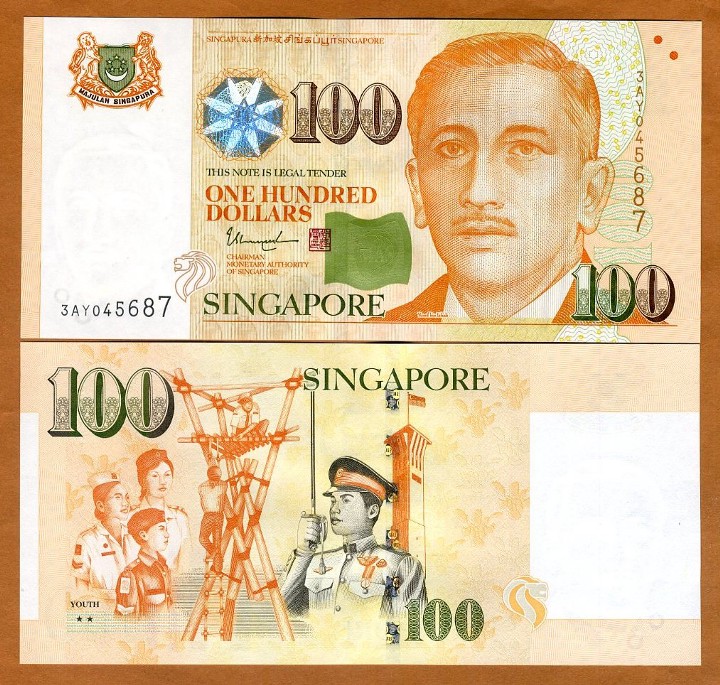
Appreciating the nuances of community work
Also sharing his experiences was Zulhaqem Zulkifli, a young changemaker who co-founded Project Hills, a ground-up initiative that aims to help rental flat residents with their needs.
An enlightening insight that emerged for me was when he explained that it was pertinent that Project Hills is committed to being non-partisan, in response to a question from the audience about the relationship between youths and the state.
I remember feeling bewildered, thinking how could a ground-up movement helping the disadvantaged community be, in any way, political? But as with most instances, situations are more complex than they seem.
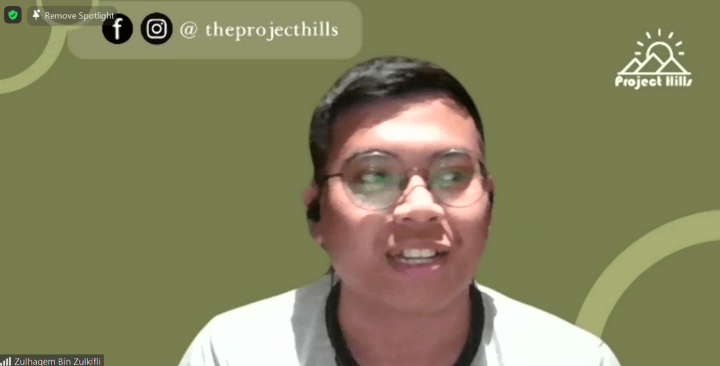
Zulhaqem’s top concern was to protect the trust given to them by their beneficiaries, several of whom have had difficult relationships with formal institutions or social service agencies.
He shared multiple experiences where he had to navigate difficult situations, such as managing requests from political actors who wanted to work with Project Hills and advocating for their beneficiaries with social service agencies.
While it might seem apparent, I never considered this dimension of working with persons from vulnerable communities and was immensely grateful to Zulhaqem for sharing his experiences with Project Hills.
The Zoom chat box was bustling with discussions by audience members pertaining to the political nature of initiatives and whether initiatives could ever be truly apolitical. But alas, that is another discussion for another day.
How to encourage youths to be more civically engaged
Aina and Dakshayani, representatives of student-led CAPE (Community for Advocacy and Political Education), also shared about CAPE’s origins, how youth activism has evolved for them over the years and how they are encouraging youths to be more civically engaged.
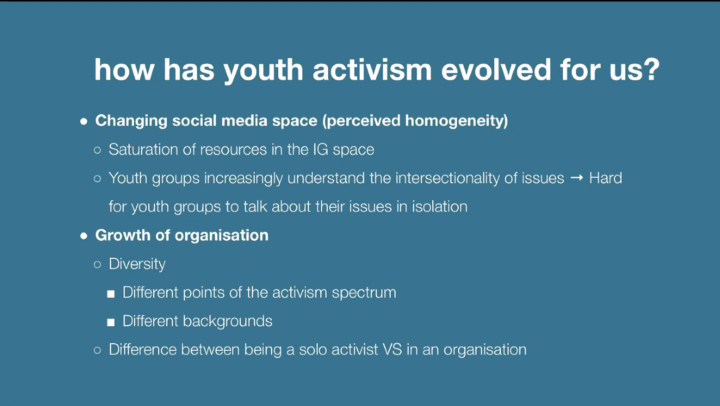
At its core, CAPE aims to raise political consciousness and literacy through a variety of ways, including presenting basic political education and information on social issues through clear and comprehensive infographics on their social media platforms.
Aina shared that it could just be that between juggling school, work and their personal lives, many youths may not have the material means or emotional bandwidth to engage in conversations about social issues.
Therefore, CAPE has various ways to engage them, starting from the infographics that require less participation to workshops that require more time.
This approach is akin to “providing a harbour with many boats” and it was up to youths to discover which form of participation/boat they would choose to embark their journey with.
She also reminded participants that talking to people with alternate views would naturally be mentally draining but it was always important to approach conversations with empathy and to listen.
As someone who has had conversations with friends who do not agree with the values I stand for, I feel that it was a great reminder about the manner that I should adopt while approaching these conversations and that I should also give myself rest when I needed to.
Possibilities for the Future
After the speaker segment, we split into various breakout rooms and as I moved around the various breakout rooms, I got a sense that this Possibility Conversation turned out to be a particularly heartening and generative one.
As conversations broke down barriers and both speakers and participants poured out their struggles in the change-making process, I felt that I truly got a glimpse of the humanity behind these individuals and the shared inspirations of our youth for a better future.
My second experience with Possibility Conversations further reinforced the work that A Good Space and the team was doing in bringing together individuals from the community and I look forward to generating new possibilities with the community in future Possibility Conversations!
If you too would also love to learn more about Youth Civic Engagement and other social issues, do consider taking part in future Possibility Conversations. Subscribe to our mailing list at http://www.agoodspace.org/blog/ to find out more about A Good Space’s new and exciting events and also be kept in the loop for our next installment of Possibility Conversations!
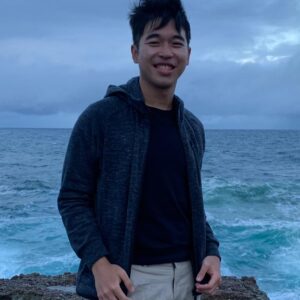
Amos Liau
Amos is a Programmes and Special Project Intern at A Good Space. He loves a good book as much as loves a warm plate of Char Kway Teow.
